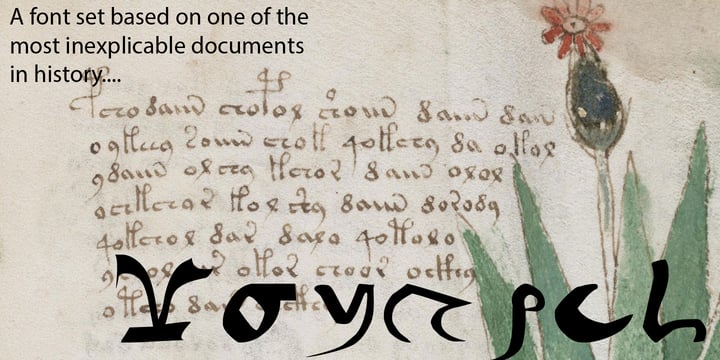

I’ve integrated it with a set of self-made VMS fonts and applications so that the whole thing is an interdependent set of tools that can’t really be split apart as they currently stand. I created a transcript that corrects some of these problems, but it’s not a stand-alone file. SummaryĪ fresh transcript is needed, and not just a “corrected” transcript that makes better assessments of the spaces (I’ve noticed errors in which glyphs with clear spaces around them have been attached to nearby words), but one in which all the glyphs are included, even ones that “look funny” because there are so many in a row, along with consideration for alternate interpretations for ligatures (combined glyphs) and paired glyphs. To complicate matters further, there are places in the manuscript where there is an additional stroke between the a-shape and the swept-up tail, one that Takahashi (and perhaps other transcribers) sometimes missed. I use a “v” and sometimes a “w” to describe the ending shape with a tail but I make no assumptions about what these shapes mean or whether the swept-up tail indicates an abbreviation, as it would in classical Latin, or whether it is an embellished glyph designed to look like Latin, just as the “9” shape (EVA-y) morphologically and positionally follows Latin conventions: In this example, there is ambiguity in the straight shape that alternately resembles a double-i or possibly a “u” as it was often written slightly separated, with straight legs, in the middle ages. I don’t use the EVA font-set, I developed my own based on shape designations, but you should be able to see the correspondence in the following illustration fairly readily. Unfortunately, ambiguity exists in one of the most common VMS word-tokens, one that is popularly called “dain”. Then the context can help us determine which glyphs are intended as ligatures and which might function as pairs. Sometimes all we have to go on is slight differences in the spaces between characters and that’s not a good way to do it-there will always be some uncertainty, which is one of the reasons I feel it’s important to study the rule set and possible pairing paradigm for the VMS. Is this normal pen-variation or are the first two cees single cees followed by a double-c? In this example, I’m leaning toward the VMS glyphs (top) being two double-c shapes because of the slightly larger gap between the two pairs and the way the cc behaves in other parts of the manuscript, but I’m not 100% sure because the two latter cees are more tightly written than the first two.


 0 kommentar(er)
0 kommentar(er)
